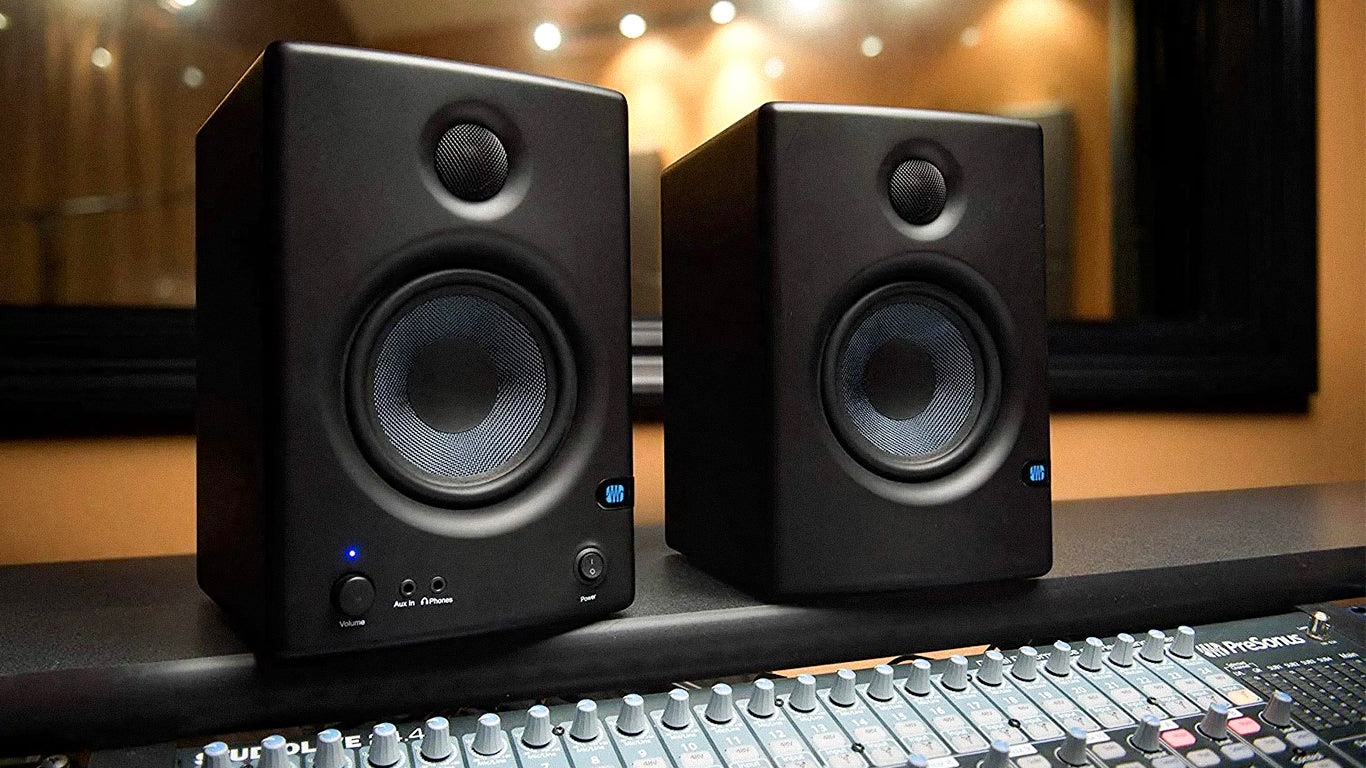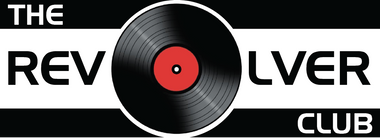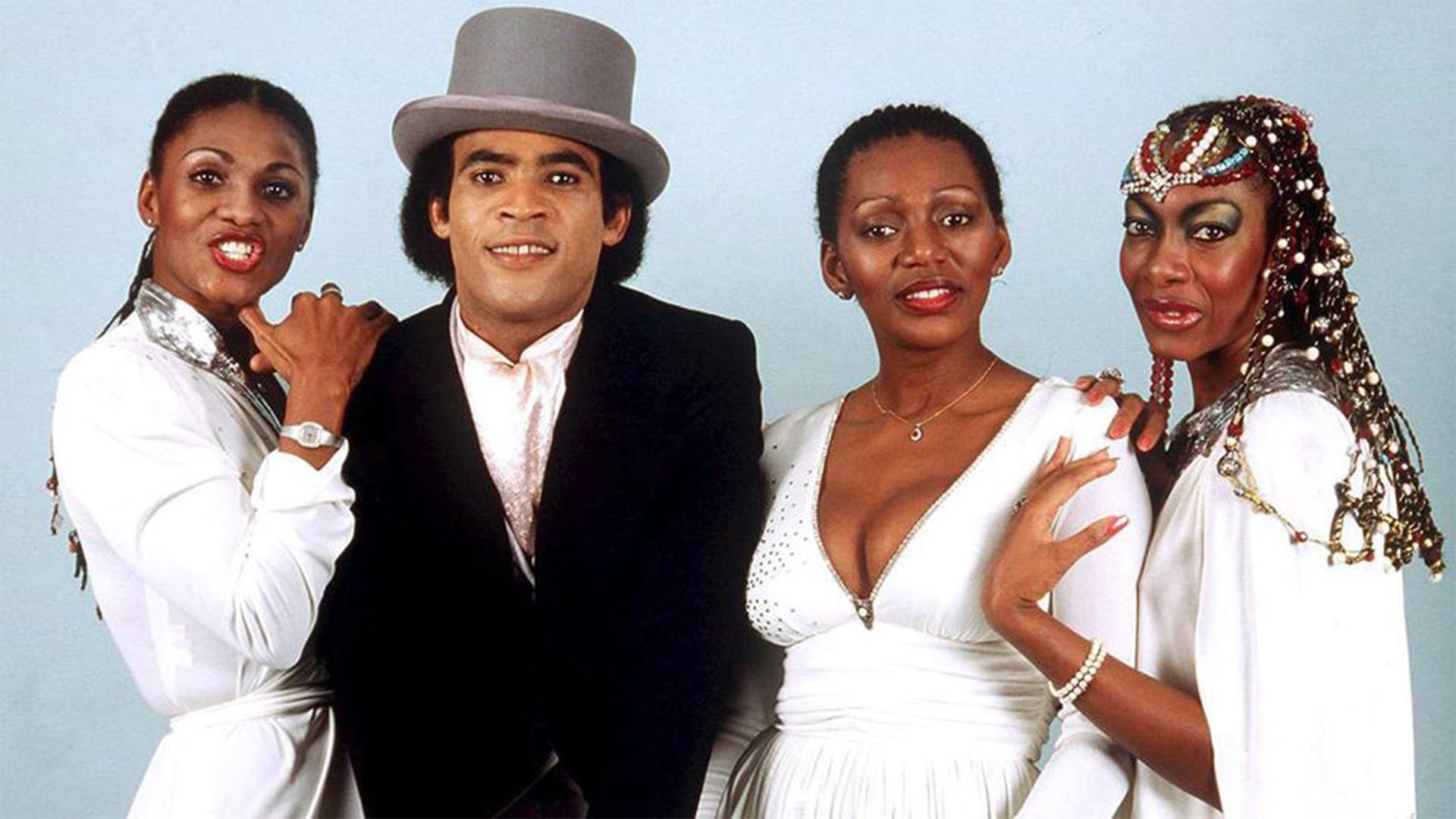The Significance And The Power ‘Studio Monitors’ Hold
·

·
When music consumers or enthusiasts listen to music they love, it is more about being a pleasurable experience that taps into the listener's subjective impression. Therefore, they tend to pick up speakers that enhance the listening experience.
When audio/music professionals listen, they do it for different reasons & with a different mindset altogether. They want to hear the plain truth that reveals imperfections, to address the extraneous noises, imperfect sounds, or wrong notes before anyone else does it.

This is where studio monitors come in to picture, they are (ideally) tuned to reproduce the music true-to-sound without adding their own sound signature and are of utmost necessity where accurate audio reproduction is crucial, specifically for professional audio production applications, such as recording studios, filmmaking, television studios, radio studios and project or home studios.
Unlike the speakers used typically at home, “sweetened” to sound more impressive, studio monitors are physically robust & designed to create a linear or flat frequency response that reveals a true picture of the audio being created or produced.
This means one can make informed choices regarding what might need changing, as the monitors exhibit accurate reproduction of the tonal qualities of the source audio.
In the early years of the recording industry, the 1920s or 30s, monitors were mainly used for checking noise interference or technical problems rather than for making artistic evaluations of the performance and recording.
The first high-quality studio monitor developed was Altec Lansing Duplex 604 in 1944. With its innovative co-axial sound it became a staple in many recording studios.
However, at the height of Altec’s popularity, they made a mistake by replacing the 604 with a design considered inferior to its predecessor. Allowing its chief rival JBL to make inroads in the pro audio monitor market with its JBL 4310.

Gradually as the recording process became more inclined toward multi-tracking & overdubbing, the studio monitors became more crucial in the recording process in accord with acknowledging accuracy & transparency with utmost importance.
In the 1960s compact 2-way studio monitors become quite a rage giving way to the near field monitoring, which allowed the sound field to be very close to the source.

As the 80s began, the Punk, New Wave, Indie & Lo-Fi scene exploded giving rise to the do-it-yourself spirit. Yamaha entered the scene with an even more inexpensive option called the NS10. The validity of these monitors is highly debatable & would require a whole other post to discuss it.
By the mid-80s near - field 2-way monitors became the permanent fixture. The larger studios still had bigger 3-way monitors that can handle the full spectrum of high, mid, and low frequencies as they have in addition to tweeter and woofer drivers, a dedicated mid-range driver.
As opposed to a 2-way system, where the tweeter and woofer often share the responsibility of distributing mid-range frequencies.

In the 2000s conversation shifted more towards “translation”. As engineers started to choose monitors less for their accuracy & more for their ability to ‘translate’ - to make a recording sound good on a variety of playback systems, such as car stereo, boom boxes & esoteric audiophile systems.
Still, the majority of the present-day engineers believe that monitors need to be accurate & relentlessly unflattering so that the producers and engineers must work hard to make recordings sound good.

TRC Recommended Studio Monitors:
➡ Under 35K:


3. Yamaha HS5:

➡ 35K to 65K:



➡ Over 65K:



Read more: The Wonderful World of MIDI Controllers




Comments